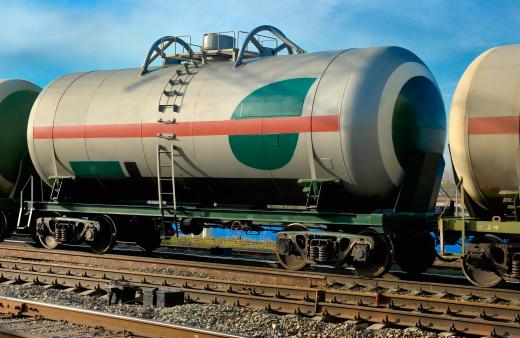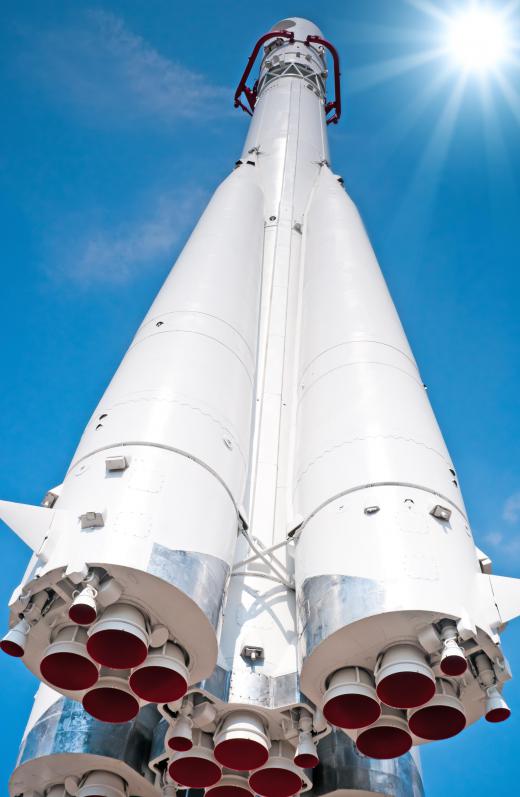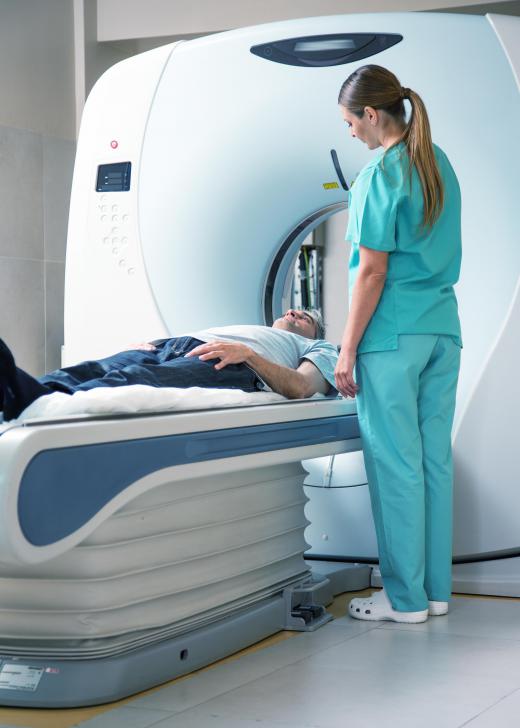What is Cryogenic Engineering?
Cryogenic engineering is a branch of engineering that utilizes cryogenics for various domestic, commercial, scientific, medical and defense applications. Cryogenics is a branch of physics concerned with the production of very low temperatures and the effects of these temperatures on different substances and materials. The temperatures studied in cryogenics are those below -243.67 degrees Fahrenheit (120 Kelvin); such low temperatures do not occur in nature.
These low temperatures have been used to liquefy atmospheric gases like oxygen, hydrogen, nitrogen, methane, argon, helium and neon. The gases are condensed, collected, distilled and separated. Methane is used in liquid natural gas (LNG), and oxygen, hydrogen and nitrogen are used in rocket fuels, in metallurgy and in various chemical processes. Helium is used in diving decompression chambers and to maintain suitably low temperatures for superconducting magnets, and neon is used in lighting.

In addition to finding ways to liquefy gases, cryogenics engineering has given the world appliances like refrigerators, air-conditioners and vacuum flasks. The flasks were developed as a means to store the gases in liquid form indefinitely. Air-conditioning and refrigeration were invented by the American John Gorrie in 1848, and developed further in later years by the German Carl Von Linde and others. Linde manufactured the Linde Eismachinen, the forerunner of the modern domestic refrigerator.

Refrigeration allowed for fresh food to be stored and shipped over long distances, changing eating habits and lifestyles everywhere. Cryogenic engineering science has also affected the way wars are waged by producing V-2 rocket weapons and liquid fuel. This field has led to research into space technology industry and the theory of superconductivity. Independence Cryogenic Engineering, an American company, makes cryogenic refrigeration systems for Magnetic Resonance Imaging (MRI) and Nuclear Magnetic Resonance (NMR) systems. Advances in cryogenic engineering have affected modern life in no small measure.

The path has not been smooth, however, with some very bad accidents offsetting the positive developments of cryogenics. One example of this was an LNG tank explosion in Cleveland, Ohio, that killed 131 people in 1944. People working in cryogenic engineering also have to deal with the hazards of cold burns, asphyxiation and toxicity. It is essential to wear protective eye wear and clothing.
To work in this field, it is necessary to have a bachelor's degree, a master's degree or a more advanced degree in cryogenic engineering. Topics covered in these programs usually include superconductivity, cryogenic food processing, vacuum technology, production of natural liquid gas, gas separation, gas liquefaction and cryogenic process engineering. Work prospects for cryogenists are excellent and well-paid.
AS FEATURED ON:
AS FEATURED ON:













Discussion Comments
@EdRick - It's liquid oxygen and liquid hydrogen both that they use in the space shuttle tank. Talk about two really flammable substances!
This was an interesting article because like, I would guess, most average people, I heard "cryogenic" and thought of things like Ted Williams' head - cryogenic treatment, I guess. I had no idea that it was an entire scientific field, most of it dealing with really important stuff.
I remember going to Space Camp when I was a kid and seeing the giant orange tank they use to launch the space shuttle. If I remember right, that's cryogenic fuel of some kind - liquid oxygen, maybe?
Post your comments